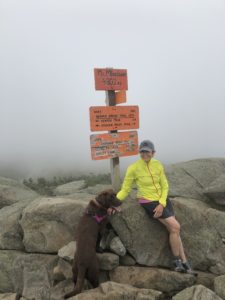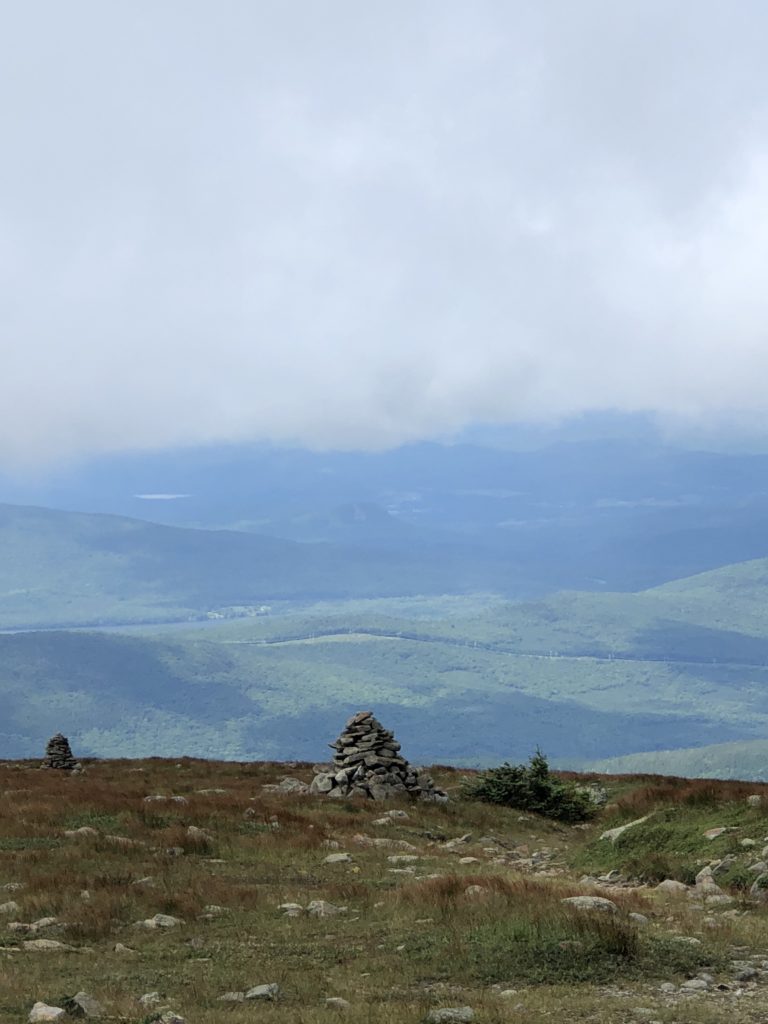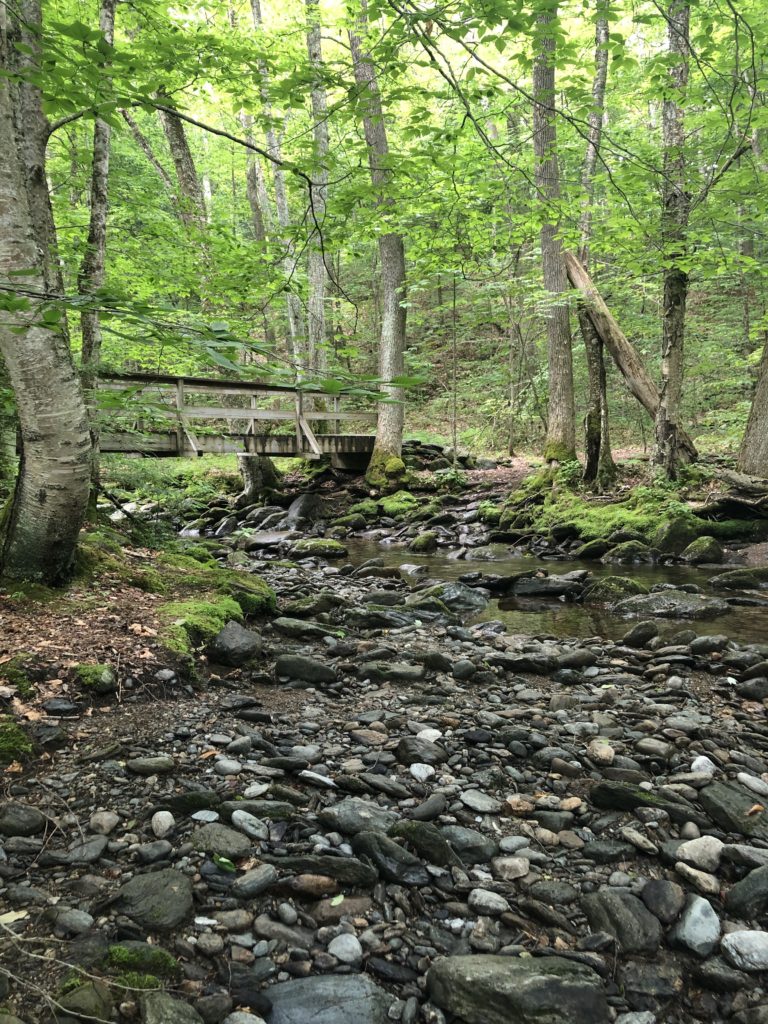 Sharing the summer months with an informal group of individuals loosely connected by their interest in hiking is proving to be a learning experience for all of us. Arguably, any able-bodied person can hike. But does everyone want to? No. I certainly didn’t.
Sharing the summer months with an informal group of individuals loosely connected by their interest in hiking is proving to be a learning experience for all of us. Arguably, any able-bodied person can hike. But does everyone want to? No. I certainly didn’t.
Until 3 summers ago I loudly complained about the rocks and roots and snakes and bugs and shadows and mud and heat and cold and schlepping and slipping and …. Skeptical to hike alone (probably not a bad thing to avoid especially since I have/had a tendency to get lost) and fearful of bears (yeah, I know, they are hopefully more afraid of me), I was surely a poor candidate for the sport.
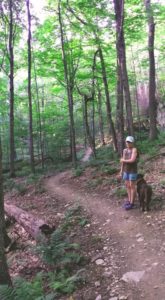 And then came Sophie, my now almost 3-year-old Chocolate Lab who opened this wonderful world for me. Because training is in my psyche, poor Sophie underwent/undergoes lots and lots of training. An exuberantly friendly pup (she IS a Lab, after all) with reliably good trail manners, she also serves as a canine GPS. All this is to say that because there is nothing (except swimming) that Sophie loves more than trails, I have become an avid hiker!
And then came Sophie, my now almost 3-year-old Chocolate Lab who opened this wonderful world for me. Because training is in my psyche, poor Sophie underwent/undergoes lots and lots of training. An exuberantly friendly pup (she IS a Lab, after all) with reliably good trail manners, she also serves as a canine GPS. All this is to say that because there is nothing (except swimming) that Sophie loves more than trails, I have become an avid hiker!
Though I have seen the uninformed exit their vehicle at the trail head and set off with nothing but the clothes they’re wearing and most likely highly inappropriate footwear, enjoy an eye-popping great experience when they summit. I have also witnessed the inexperienced and ill-prepared turning back early, nursing blisters, or worse. (I once shared Sophie’s water with a dangerously thirsty guy.)
Over the past two months I have kept an eye on a disparate group with equally disparate goals, professional and family obligations, time constraints and fitness levels. At the halfway point I see that the initial goal is not really working for some, some seem to have changed their minds about participation, and yet others excite me with their obvious strength, pace and distance gains while at the same time still others challenge me to keep up with them! What I am loving about this group is finding the joy of hiking shared surpasses the task of hiking alone. (Note, there is also a sweetness to the solitary experience; but that is a subject for another post.)
 How does one define hiking, anyway? There are meandering forest trails, picturesque bogs, barely defined paths, and rocky climbs with steep precipices and vistas to die for. It’s all hiking and, ultimately, it’s all about making the decision to get out the door and go.
How does one define hiking, anyway? There are meandering forest trails, picturesque bogs, barely defined paths, and rocky climbs with steep precipices and vistas to die for. It’s all hiking and, ultimately, it’s all about making the decision to get out the door and go.
As we hike along with others, there are times of companionable conversation and times of reflective silence. Trail etiquette suggests that this is not the time, however, for loud chatter or, please no(!), a cell phone visit. (Yes, there are exceptions to every rule. If hiking in an area with active bear sightings, it’s a good idea to make some noise. Sophie wears a bear bell on her collar and a hiking buddy has attached one to her pack.)
Often conversation prompts sharing of so much more pertinent information than one can Google – news of other trails, reports on new boots or shoes, what kind of insect repellent does or does not work, what is the best snack or electrolyte drink, what do you think of hiking poles, what resources are you using, and on and on.
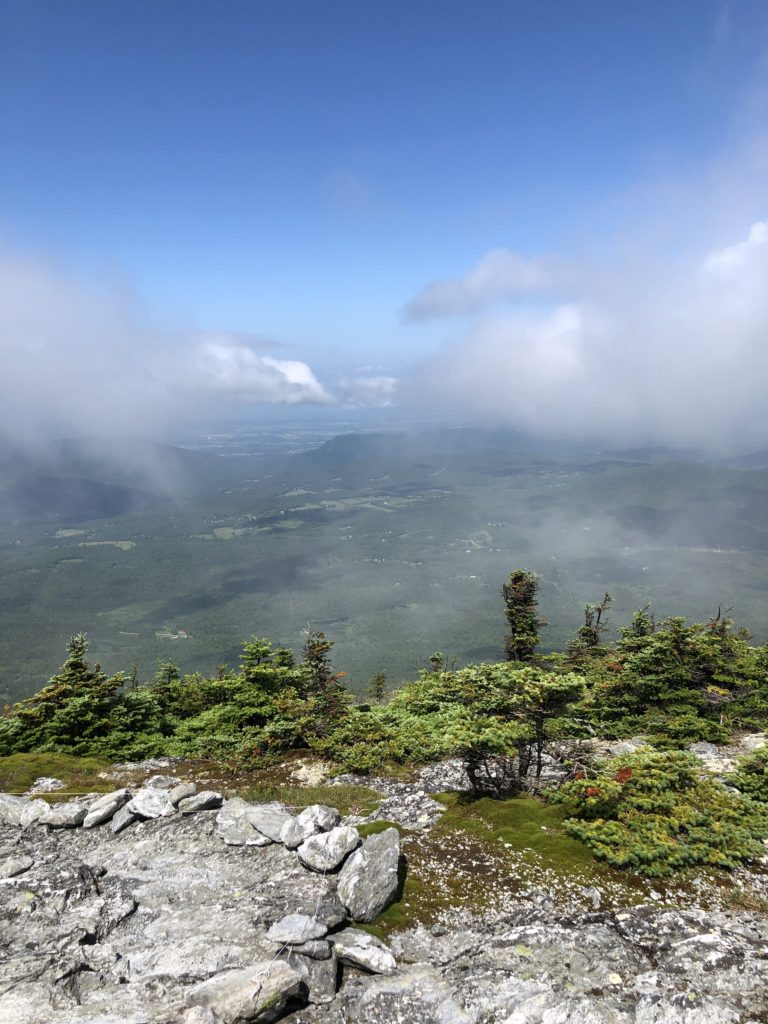
Mt. Abe, Long Trail, Vermont, July 2019.
Experience is an invaluable teacher. On my last hike, for example, one that I know fairly well and love because it is deliciously challenging, I made a few rookie errors and lagged behind as I finally scaled some totally fun rocks.True confessions:
- I needed to retie my shoes to tighten them up a bit, but didn’t want to stop for fear I would fall farther behind. Wrong.
- Because it was chilly at the early a.m. start, I layered on a long-sleeve top that I needed to take off, but didn’t want to stop for fear I would fall farther behind. Wrong.
- With a relatively long drive to the trail head, I had rushed out of the house with only a few bites of my usual pre-hike breakfast (oatmeal, Icelandic plain yogurt, walnuts and dried tart cherries), and badly needed to refuel with either a few bites of dates or a bar or, even more importantly, a few swallows of my favorite electrolyte drink (Tailwind), but didn’t want to stop for fear I would fall farther behind. Wrong.
And so, I fell farther behind. Granted, it took under 2 hours to summit, but duh! Retied shoes, shed layer, swigged some liquid and I was flying. Again, DUH!
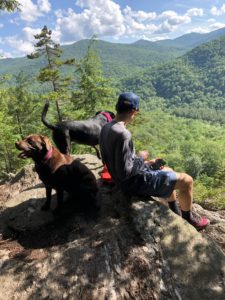 Each hike, each day, each weather condition, each hiking partner(s), each new pair of shoes, each trail snack, each guide book, each hangover (oops), each season, each year – there are no two hikes alike and no one hike that stays the same. It’s all experience – and connection.
Each hike, each day, each weather condition, each hiking partner(s), each new pair of shoes, each trail snack, each guide book, each hangover (oops), each season, each year – there are no two hikes alike and no one hike that stays the same. It’s all experience – and connection.

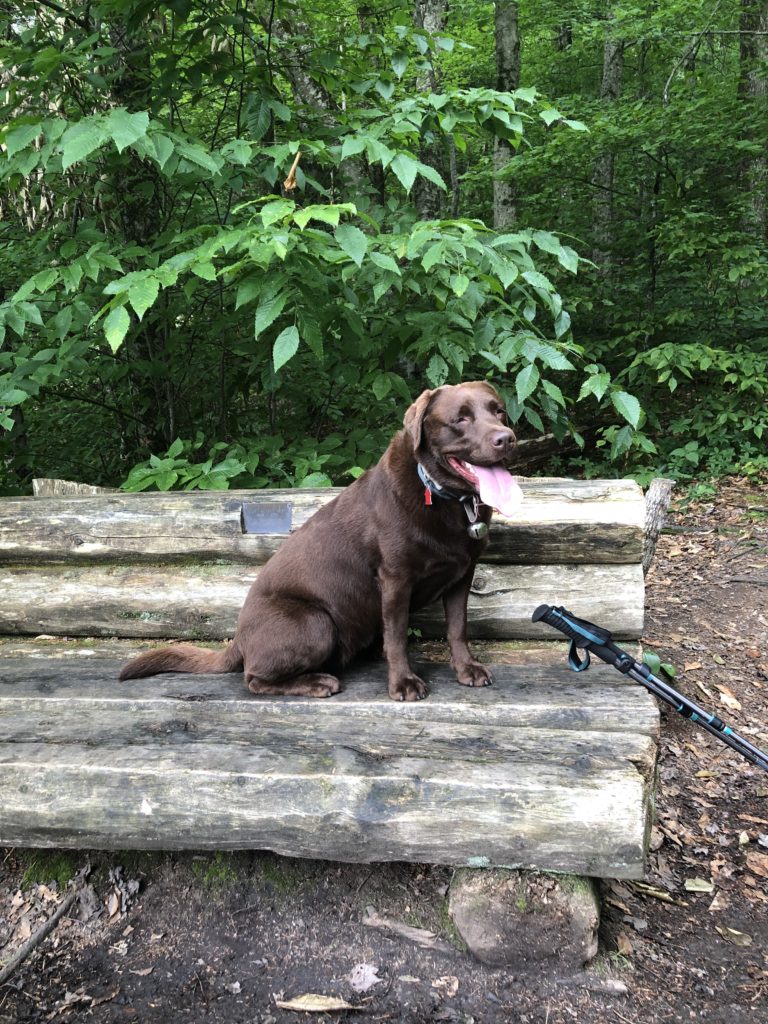
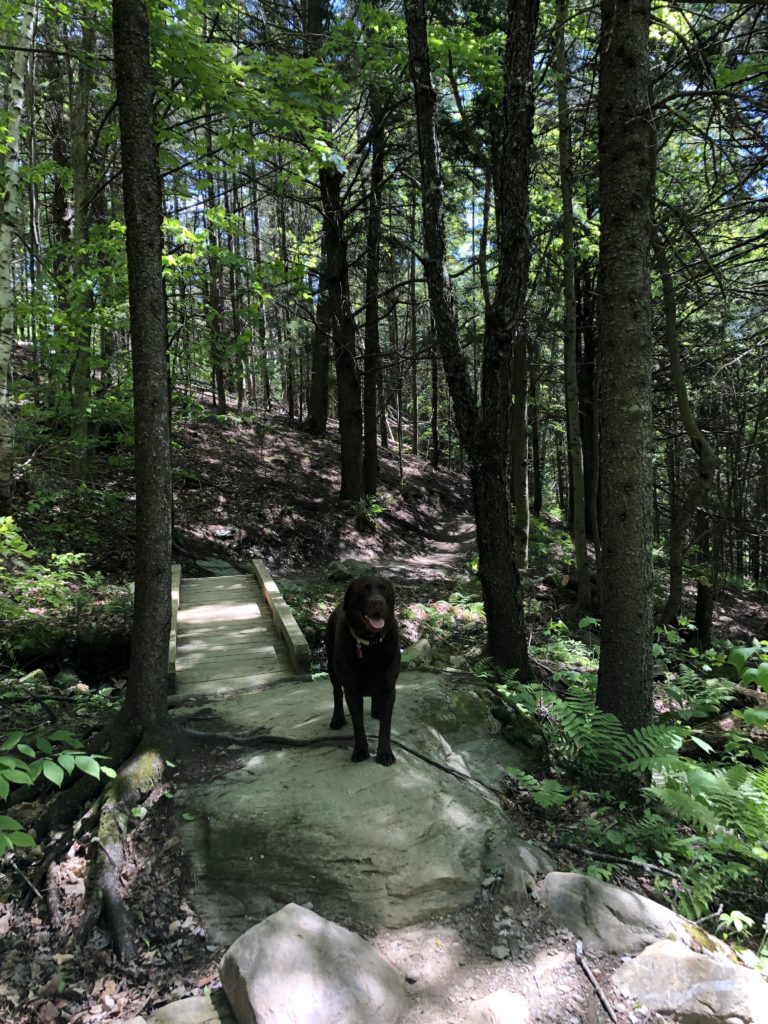
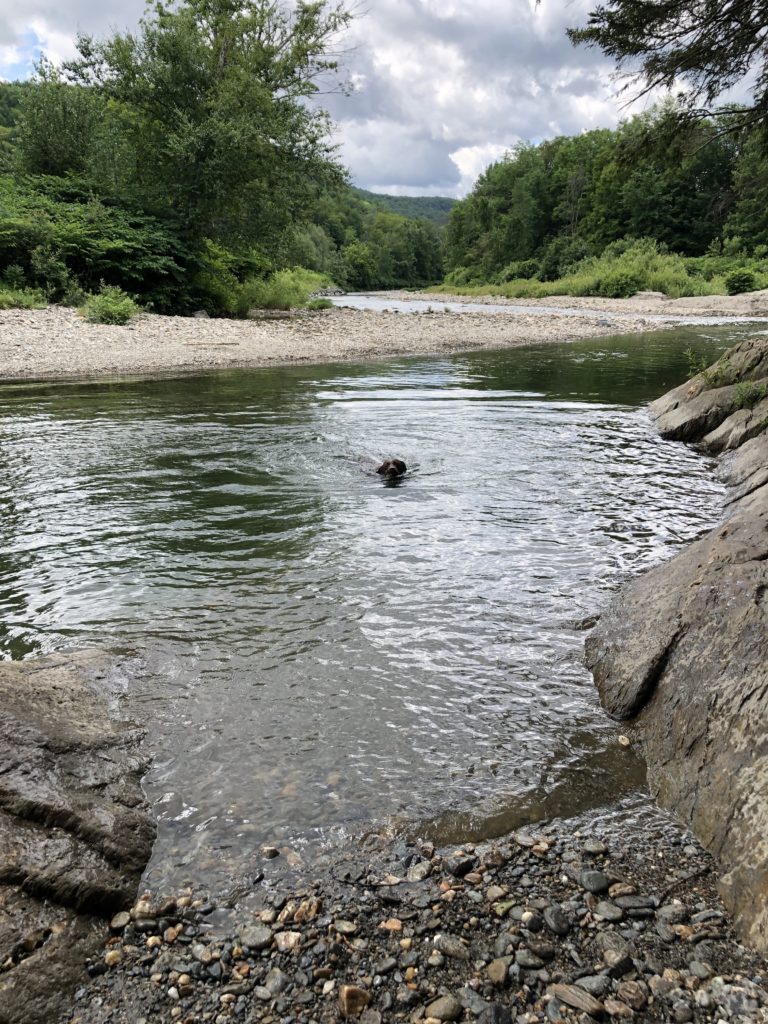
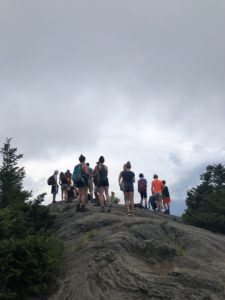
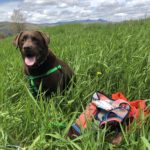 I prefer dates, nuts, raisins, trail mix, ok and yes a Clif bar that I always share with my pup, Sophie. I do not promote trendy engineered foods such as power drinks and bars, but rather support “real” foods. I do think that part or all of your drinking water should contain some electrolytes (I prefer Skratch https://www.skratchlabs.com/collections/drinks/products/sport-hydration-drink-mix?gclid=CjwKCAjwmZbpBRAGEiwADrmVXhtL_Wt_SWL_brlBskRWrAyTwOGxdUjb1UfUquBWSHrhhaly2kNGMBoCIcAQAvD_BwE&variant=42591625797or Tailwind https://www.tailwindnutrition.com) and in fact, sipping on Tailwind along the way eliminates a need for food at all unless you get hungry! Oh and Lara is an excellent choice for a bar. Avoid sugary stuff as that will drop you too soon.
I prefer dates, nuts, raisins, trail mix, ok and yes a Clif bar that I always share with my pup, Sophie. I do not promote trendy engineered foods such as power drinks and bars, but rather support “real” foods. I do think that part or all of your drinking water should contain some electrolytes (I prefer Skratch https://www.skratchlabs.com/collections/drinks/products/sport-hydration-drink-mix?gclid=CjwKCAjwmZbpBRAGEiwADrmVXhtL_Wt_SWL_brlBskRWrAyTwOGxdUjb1UfUquBWSHrhhaly2kNGMBoCIcAQAvD_BwE&variant=42591625797or Tailwind https://www.tailwindnutrition.com) and in fact, sipping on Tailwind along the way eliminates a need for food at all unless you get hungry! Oh and Lara is an excellent choice for a bar. Avoid sugary stuff as that will drop you too soon.